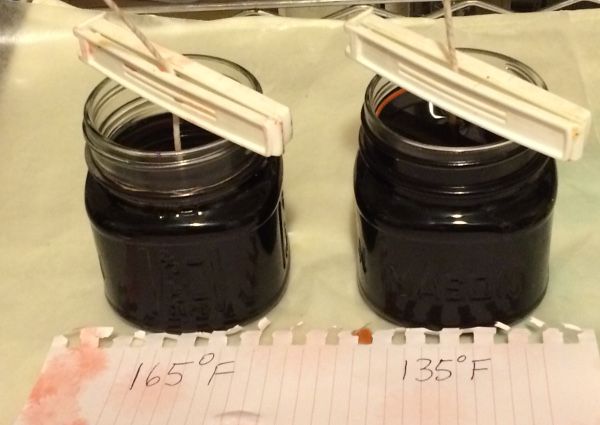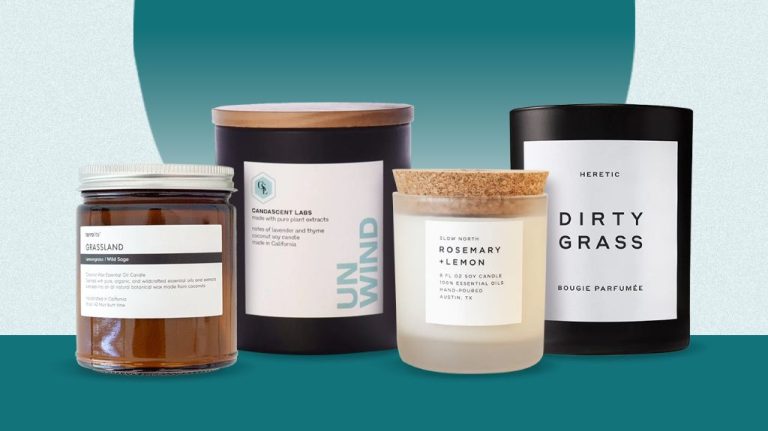Is Wax Melts A Good Business?
A wax melt business involves manufacturing and selling scented wax melts, also known as wax tarts. Wax melts are pieces of wax infused with fragrance oils that are warmed to release their scent. They are an alternative to scented candles and do not require a wick or flame to produce fragrance. Wax melt businesses allow entrepreneurs to create and market their own signature scents to sell individually or in collections. The wax melts are sometimes paired with warmers that gently heat and diffuse the scent. Starting a wax melt business provides an opportunity to run a small manufacturing and retail operation focused on home fragrance products.
Market Size
The global wax melts market is experiencing rapid growth. According to Grand View Research, the market size was valued at USD 3.47 billion in 2023 and is projected to grow at a CAGR of 6.1% from 2024 to 2030, reaching USD 5.06 billion by 2030 (https://www.grandviewresearch.com/industry-analysis/wax-melts-market). Another report by Polaris Market Research estimates the wax melts market will be worth $5.61 billion by 2032, growing from $3.87 billion in 2021 (https://www.polarismarketresearch.com/press-releases/wax-melts-market). The growth is attributed to increasing demand for home fragrances and aromatherapy.
Profit Margins
According to How to Start a Profitable Wax Melt Business in 11 Steps, wax melt businesses can be very profitable with the right approach. The average profit margin for a wax melt business is around 300-400%. This means if a wax melt costs $1 to produce, it can be sold for $3-4. However, profit margins vary depending on factors like packaging, ingredients, and sales channels.
As explained in How To Calculate Your Wax Melt Profit Margins, researching your target market and competitors is key to pricing wax melts profitably. By understanding customer demand and competitors’ pricing, you can find the optimal price point. Setting prices too high risks losing sales, while pricing too low cuts into profits. Most experts recommend starting with a 300% markup and adjusting based on sales and feedback.
In summary, a 300-400% profit margin is common in the wax melt business. But smart pricing strategies based on market research are needed to maximize profits long-term.
Startup Costs
The startup costs for a wax melt business can vary greatly depending on the scale of operations. For a small home-based business, startup costs may range from $500 to $2,000 (https://gottagrow.io/starting-wax-melt-business/). For a larger commercial operation, costs could be $5,000 to $10,000 or more.

Some of the key startup expenses include:
- Equipment like wax melting pots, thermometers, scales, and pouring pitchers (https://finmodelslab.com/blogs/startup-costs/candle-making-startup-costs)
- Ingredients like soy wax, fragrance oils, dye blocks, and additives
- Packaging materials like clamshells, labels, shrink wrap
Having the right equipment is essential for melting, mixing, and pouring wax. Quality ingredients and customized fragrances will differentiate homemade wax melts. And professional packaging is important for product branding and appeal. By carefully budgeting for these startup needs, new entrepreneurs can launch their wax melt business smoothly.
Regulations
There are some key regulations to be aware of when starting a wax melt business. According to Nikura, candles or wax melts marketed for insect repelling purposes must be registered with The Health & Safety Executive (HSE) in the UK. General product safety regulations also apply, meaning wax melts must not pose any avoidable risks when used as intended. In the US, the CPSC oversees consumer product safety and has requirements for candle labeling including keeping wicks trimmed to 1⁄4 inch.
Proper labeling is critical for wax melts. Labels should include the business name and contact details, a full ingredients list, any safety warnings, and the weight or volume of the product. According to Nikura, all claims made on labels must be true and have evidence to support them. Using terms like “natural” or “organic” have legal definitions that must be followed. Overall, researching and complying with all relevant safety and labeling regulations is an essential part of starting a wax melt business.
Competition
The market for wax melts is highly competitive, with numerous businesses offering a range of products. To stay competitive, several key players are prioritizing product innovation, branding, and marketing campaigns. Some of the major competitors in the wax melt industry include Yankee Candle, Scentsy, Walmart, Target, and independent sellers on sites like Etsy.
Yankee Candle is one of the largest candle and home fragrance companies with wax melts making up a significant portion of their product offerings. Their brand recognition and distribution network give them an advantage. Scentsy built their business around a direct sales model and offers a wide selection of scented wax for warmers. Retail giants like Walmart and Target have been expanding their home fragrance sections to include private label wax melt options at low prices. Meanwhile, Etsy provides a platform for small independent sellers to offer handmade, artisanal wax melts.
The diversity of products and selling models within the competitive landscape presents both opportunities and challenges for new wax melt businesses. Standing out requires focusing on a specific target audience, establishing a brand identity, and finding cost-effective ways to reach customers. Overall, the industry remains in growth mode with room for new entrants who identify an underserved niche.
Marketing
Effective marketing is essential for any wax melt business to succeed. Some key strategies include leveraging social media platforms like Instagram and Facebook to showcase products and build an audience (https://www.newfoundr.com/marketing-ideas/wax-melt-business). Creating an Etsy store with SEO optimized listings can drive traffic from search engines (https://www.etsy.com/market/marketing_wax_melts). Partnerships with influencers and bloggers provide exposure to new potential customers. Printed marketing materials like business cards and flyers can be distributed locally to spread awareness. An email list enables direct communication with customers about new releases and promotions. Overall, a multi-channel digital and in-person marketing approach is advisable to maximize reach and conversions.
Financial Viability
The wax melt business has strong long-term profit potential. Key factors driving profitability include low startup costs, high profit margins on products, and the ability to scale sales through online marketing and word-of-mouth without substantial overhead expenses. According to https://packhelp.com/how-to-start-a-wax-melt-business/, wax melt startups can be launched for under $1,000 and products can yield 70-80% profit margins. As sales ramp up, the high margins allow for substantial profits. While growth may start slowly through local markets, by leveraging social media and Etsy, entrepreneurs can build a global customer base over time. With predominantly online sales and production outsourcing, overhead costs remain low even at scale.
Challenges
Starting a wax melt business comes with some expected difficulties. One of the biggest challenges is competing against large, established brands that have economies of scale and can produce wax melts at lower costs (https://www.linkedin.com/pulse/wax-melts-market-trends-2023-2030-130). New businesses with higher costs may struggle to compete on price.
Another hurdle is building brand recognition and a customer base from scratch. As a new business, you’ll need a solid marketing strategy to get the word out about your products and convince customers to try your brand over others they are familiar with (https://www.linkedin.com/pulse/wax-melts-market-2023-2030-size-trends). It can take time to grow an audience and following.
Compliance with regulations is also an area that takes effort for small businesses. You’ll need to understand and follow requirements around labeling, testing, and safety standards in the locations you plan to sell. Keeping up with changing regulations can also prove challenging.
Overall, launching a successful wax melt business is very feasible but does require grit and perseverance to establish your brand in a competitive market. With a compelling product line, savvy marketing, and commitment to quality, new entrants can gain traction. But it’s important to be realistic about the typical difficulties faced by small startups in this industry.
Conclusion
Based on the information provided in the previous sections, there are several key takeaways regarding the viability of starting a wax melts business:
Wax melts are still a growing market, especially among millennials and Gen Z consumers who enjoy home fragrance products. Industry revenue is expected to continue increasing over the next 5 years.
Profit margins can be quite high in this business, around 50-60% for retail sales. Wholesale profit margins are lower but offer opportunity to scale up.
Startup costs are reasonable, with low inventory requirements and ability to operate from home. Most equipment and supplies cost a few hundred dollars.
Regulations are limited but following FDA guidelines on labeling and disclosing ingredients is important. No special licensing is required.
Competition exists but targeting a niche audience or specializing can help differentiate. Effective social media marketing is key.
Overall, a wax melt business can be financially viable and profitable if run efficiently with a focus on product quality and customer service. But maintaining inventory and marketing consistently take time and effort.





